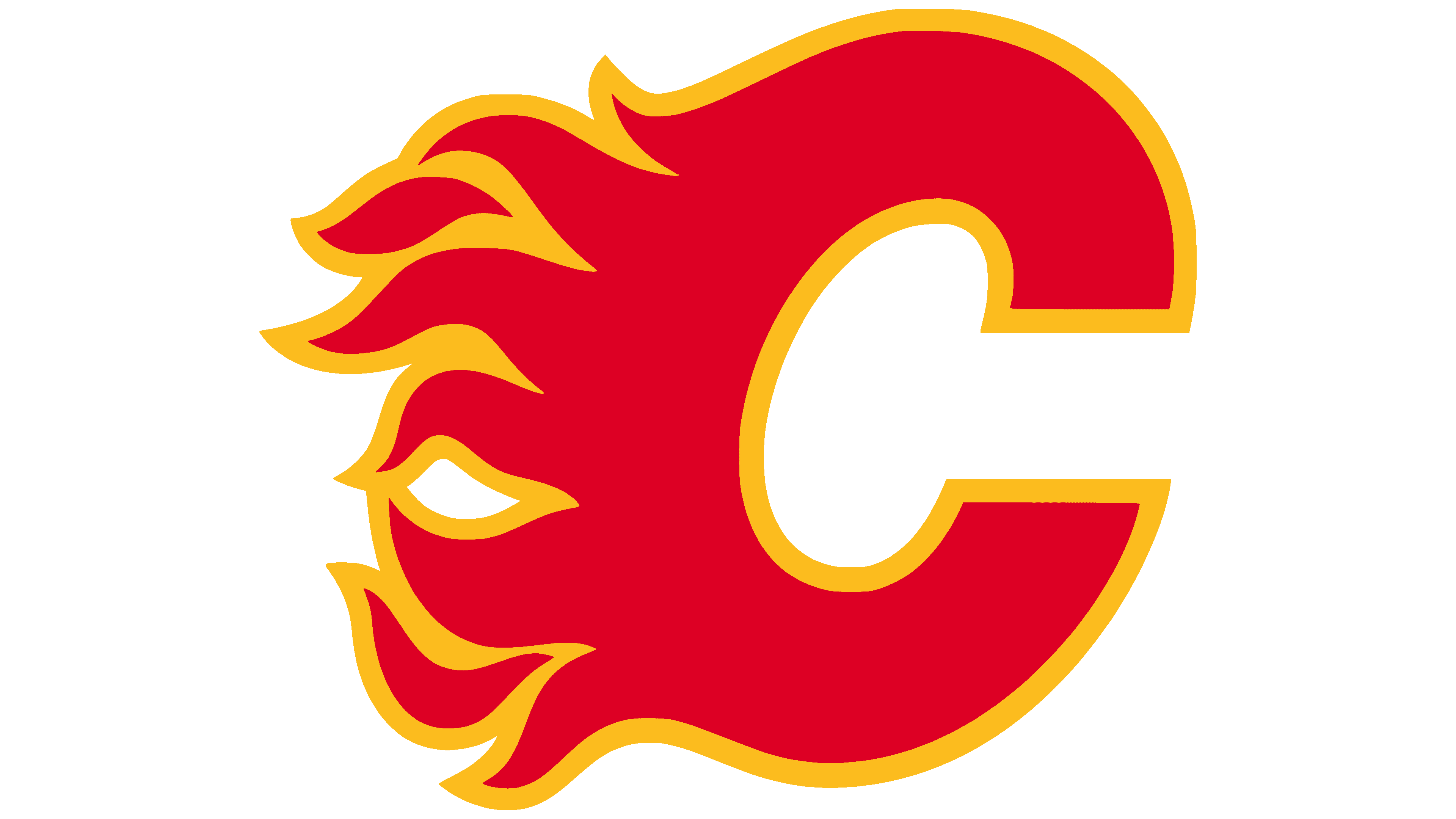Calgary Flames
Potential Forward Line Combinations

Last week I proposed a few trades the Flames could potentially make in order to get both under the cap and to add a prospect.
All trades aside, I am ridiculously curious to see what the line combinations will be for the Flames this year.
There are a variety of questions that need to be answered. Who plays with Iginla? Does Backlund get meaningful icetime? How will Conroy be used? Which forwards should be matched up against the opposition's best? Will anyone from Abbottsford get a regular call-up?
With that in mind, I started bouncing line combinations around in that empty space I call a head, just to see what came out.
More after the jump…
My basic views on forwards lines are as follows:
1st Line = Scoring Line
2nd Line = Tough Minutes Line
3rd Line = Easy Minutes Offense Line
4th Line = Young Players or Goons
The 1st and 2nd Line match up against the opposition's best players, with the 1st Line getting significantly more offensive zone draws than the 2nd line. If the 1st line can outscore their opposition and the 2nd line can play to a draw, that's a success.
The 3rd line should be able to chip in offensively and outscore inferior opponents while the 4th line can either be stocked with goons or more to my liking, using it as a place for young players to develop, as Kent Wilson outlines here.
Taking a look at the forwards at Brent Sutter's disposal, I have a few recommendations. Just to be clear, I'm assuming that Kotalik has been jettisoned to Abbottsford to make cap room.
1st Line – Tanguay, Jokinen, Iginla
The theory is that Tanguay will thrive as the distributor for two shooters in Jokinen and Iginla. At this point, I tend to agree. This line could shine with the offensive draws even against another teams top one or two lines. However, I'd shy away from defensive zone draws, saving them as much as possible for offense.
2nd Line – Bourque, Langkow, Glencross (& Conroy)
As far as tough-minutes lines go, this line could do well. Langkow is used to playing uphill and against decent competition as he handled these duties for the Flames last year. Bourque and Glencross were the Flames top 2 Relative +/- players last year and Glencross had a phenomenally low 1.67 GA/60. In my mind, Conroy's main contribution early in the season is to provide cover for Langkow if he's not ready to start the season. Conroy was the only other center in Calgary last year to have a Zone Start rate below 50%.
This line could be the equivalent of the O-line in football, with very little fanfare, but vital to the team's success.
3rd Line – Hagman, Stajan, Moss
While Stajan and Hagman don't seem to play well against top competition, they are very capable of outscoring another team's 3rd or 4th line. All three players had a Corsi over 7 last year, so at the very least should outshoot whatever line they're matched against. This line could take defensive zone draws against opponents 3rd and 4th lines.
4th Line – Jackman, Backlund, Nemisz, Ryan Stone, Ivanans
Welcome to the carousel line. The three players I would like to see here are Backlund, Nemisz and Stone (yes, I know 2 are centers). Stone was a positive player (Corsi = 6.40) with the Oilers last year despite playing top competition.
As the guys over at Copper N’ Blue showed earlier this week, young players start to make the leap at age 20. Backlund is 21 this year and Nemisz is 20. A young line like this who got purely offensive zone draws versus opponents 3rd and 4th lines could have the chance to develop. If they struggled early, Nemisz could be replaced by Jackman, who had a horrendous Corsi rating last year for the Islanders but had only a 33.8% Zone Start and the hardest Corsi QoC of all regular forwards in Long Island.
If the Flames want to make the playoffs, they need to score more than they did last season, without losing much on the defensive end. The right line combinations could provide Sutter with enough firepower in the offensive zone while still being as risk-averse as possible in his own end. I think the lines above could provide that, but I'd love to hear your ideas.
by Ryan Popilchak








